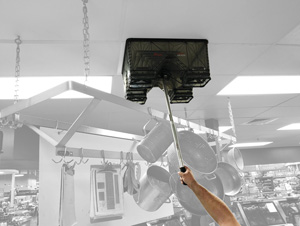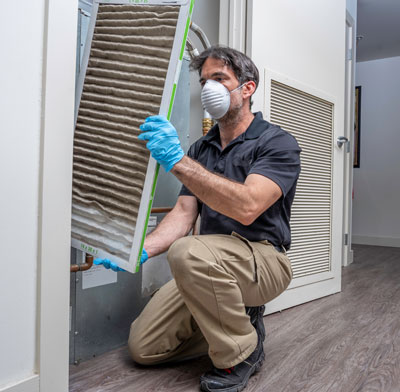 For over a year, trade shows and conferences have been cancelled or postponed indefinitely as venues across the world shut down. Travel was restricted, and handshakes on the show floor turned to video calls through a screen. We’re all gradually adapting to the “new normal” and how it fits into our lives. Continue reading “Trade Shows are BACK!”
For over a year, trade shows and conferences have been cancelled or postponed indefinitely as venues across the world shut down. Travel was restricted, and handshakes on the show floor turned to video calls through a screen. We’re all gradually adapting to the “new normal” and how it fits into our lives. Continue reading “Trade Shows are BACK!”
How Dwyer Helps Make TAB Easier
Daily wear and tear from lifting heavy equipment, up and down ladders all day, and working in extreme temperatures. Working as an HVAC technician can be as tiresome as it is rewarding. Luckily, having the right tool for the job can make any task easier.
Dwyer® products offer the perfect balance of functionality, safety, and durability.

The SMART Air Hood® balancing instrument, Series SAH, was designed to be lightweight and easily maneuverable. Because it’s on a pole, it can be raised and lowered without extra strain on your back and shoulders. The hood can be set up on a diffuser without having to hold it in place, making it possible for a single operator to balance a branch faster than traditional teams. Continue reading “How Dwyer Helps Make TAB Easier”
Back to School: Precautions for Building Readiness
 As students are returning to schools and office buildings are being reopened, it’s important to consider the safety of the buildings after extensive closures. Proper precautions need to be taken to ensure building readiness, which introduces a critical question:
As students are returning to schools and office buildings are being reopened, it’s important to consider the safety of the buildings after extensive closures. Proper precautions need to be taken to ensure building readiness, which introduces a critical question:
How do you return the HVAC system back to normal operations (and continued operations)? Continue reading “Back to School: Precautions for Building Readiness”
Measuring Thermal Energy in Hydronic Systems
So you’ve decided to track how much energy your HVAC system consumes in order to increase the system’s energy efficiency — great! But how will you do it? There are multiple methods that can be used to measure thermal energy in hydronic systems. We’ve outlined several methods below to make it easier for you to select the best technology for your application.
![]() Measuring thermal energy requires three components: a fluid flow sensor, two temperature sensors (one for inlet temperature, one for outlet temperature), and a calculator. Although thermal energy can technically be measured without a calculator, doing an energy calculation by hand is very complex and can introduce manual calculation error into the measurement. For that reason, we recommend incorporating a calculator into your system for the most accurate energy measurements. This calculator can be either an independent BTU controller, part of your building management system, or integral to a complete thermal energy system. A complete system includes a flowmeter, temperature sensors, and a calculator that are all calibrated together, eliminating the need for multiple pieces of equipment. Continue reading “Measuring Thermal Energy in Hydronic Systems”
Measuring thermal energy requires three components: a fluid flow sensor, two temperature sensors (one for inlet temperature, one for outlet temperature), and a calculator. Although thermal energy can technically be measured without a calculator, doing an energy calculation by hand is very complex and can introduce manual calculation error into the measurement. For that reason, we recommend incorporating a calculator into your system for the most accurate energy measurements. This calculator can be either an independent BTU controller, part of your building management system, or integral to a complete thermal energy system. A complete system includes a flowmeter, temperature sensors, and a calculator that are all calibrated together, eliminating the need for multiple pieces of equipment. Continue reading “Measuring Thermal Energy in Hydronic Systems”
Non-Dispersive Infrared (NDIR) Carbon Dioxide Sensors

Dwyer offers several carbon dioxide measuring products that use non-dispersive infrared sensors as the sensing element. Carbon dioxide sensors are commonly used in building automation systems to monitor air quality. The level of carbon dioxide is indirectly proportional to the amount of people in a space and can be used to adjust ventilation for the space.
There are two basic types of gas sensing technologies: chemical reaction and infrared spectroscopic. Most chemical reaction sensors are electrochemical sensors, which are not as reliable as they can interact with multiple gases and wear from interaction with the gas. Continue reading “Non-Dispersive Infrared (NDIR) Carbon Dioxide Sensors”



